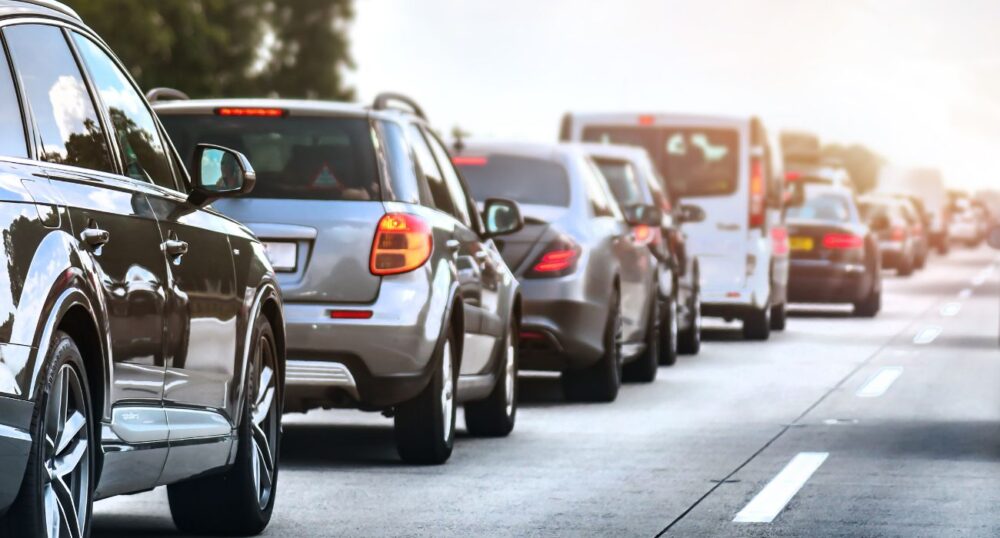Hybrid work schedules and increasing housing costs have pushed many Dallas workers to the suburbs to find lower-priced housing and more space, creating longer commutes.
According to a study by Stanford University researchers, Dallas commuters have added an average of 35 miles per trip following the end of the COVID-19 lockdowns. The study also defines “super commuters” as people who have to commute over 75 miles. Super commuters have grown in number by 32% since the pandemic.
The study analyzed nine other metropolitan cities in the United States in addition to Dallas. The data show a similar pattern in those cities, likely caused by a fivefold rise in the number of people who now mostly work from home.
To conduct the study, researchers looked at GPS data from roughly 2 million trips comparing the last four months leading up to the pandemic lockdowns (November 2019-February 2020) and the same four months after the lockdowns ended (November 2023-February 2024). The analyzed trips occurred on weekdays, spanning roughly 20 miles or more from outside the downtown area of each metropolitan city and ending within the city between 7 and 10 a.m.
When conducting the analysis, Nick Bloom, a Stanford University economist and co-author of the study, considered the population changes that have occurred in each metro city. Bloom also wanted to rule out shorter commutes to capture the correct sample of commuters going to work each weekday, per The Dallas Morning News.
The study also found that the increase in working from home has indirectly reduced the traffic volume, which has sped up commutes for super commuters. In Dallas, the number of super commuters is up 29% since the pandemic lockdowns.
Michael Morris, director of transportation at the North Central Texas Council of Governments, a regional planning body, commented on morning traffic patterns.
“The morning peak period is not back to the morning peak period speeds pre-COVID, so that’s indicating to you we’re not all coming in [to the office] even though we have more population,” said Morris, per DMN. “We’re probably 750,000 persons higher than pre-COVID but the morning peak is still faster.”
Despite the quicker commute times in the morning, evening traffic appears to have picked back up, with people leaving work later and those who work at home using the evenings to run errands.
Hybrid and fully remote job positions seem to be most prominent among college-educated individuals, who have the flexibility and luxury of working from home, reported The New York Times.
Bloom also notes that high-income earners have to deal with longer commutes as they take advantage of the benefits offered to those living in the suburbs.
With the technological improvements and changes in the work environment since the pandemic lockdowns, commute times are expected to remain long, per DMN.


